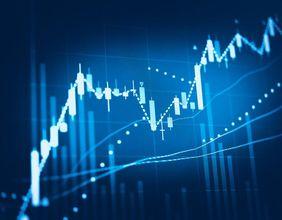Highlights
- Strong mineral concentrations found in Phase 2 seaweed tests.
- Gold levels reach over 123 mg/kg, significantly up from earlier results.
- Findings support theory on mineral absorption in polluted waters.
BPH Global (ASX:BP8) has delivered promising updates from its Phase 2 research into seaweed cultivation, with assay results revealing striking mineral concentrations—particularly gold and silver—in seaweed grown in polluted waters. The development marks a notable step forward in the company’s ongoing research and development program focused on sustainable mineral extraction through marine plant life.
The Phase 2 project centers on cultivating the salt-tolerant plant Sesuvium Portucalastrum in brackish, contaminated waters near Johor, Malaysia. Unlike conventional clean-water cultivation methods, this phase aimed to evaluate whether seaweed could absorb more valuable minerals in polluted environments.
Assay tests showed gold concentrations reaching up to 123.16 mg/kg and silver concentrations as high as 80.58 mg/kg. These levels are significantly higher than those recorded during the company’s earlier Phase 1 trials, signaling a potentially groundbreaking method of environmentally integrated mineral recovery.
The assays were conducted by Temasek Innovation Holdings Pte Ltd in collaboration with Gaia Mariculture Pte Ltd, using seaweed cultivated under controlled but challenging environmental conditions. The increased mineral content recorded in these samples could open new doors in the intersection of biotechnology and resource recovery.
BPH Global’s (BP8) Managing Director, Matthew Leonard, commented that the results validate the company’s hypothesis: seaweed grown in polluted or mineral-rich waters tends to absorb higher concentrations of valuable elements. According to Leonard, these early findings provide a strong foundation for continued analysis and further batches of cultivation under Phase 2 of the program.
The innovative approach not only adds potential commercial value but also presents an eco-conscious method of extracting minerals, possibly reducing dependency on more environmentally disruptive mining techniques. Moreover, the program aligns with broader global trends toward sustainable practices in both agriculture and resource management.
While further testing and scaling are essential before drawing long-term conclusions, the current data supports the viability of this unconventional method. If subsequent results align with the Phase 2 findings, BPH Global (BP8) could be positioned as a pioneer in a new form of green resource recovery—using seaweed as a living extractor of metals from marine ecosystems.
With the company poised to expand its R&D efforts, industry watchers will likely keep a close eye on upcoming updates from the project.






